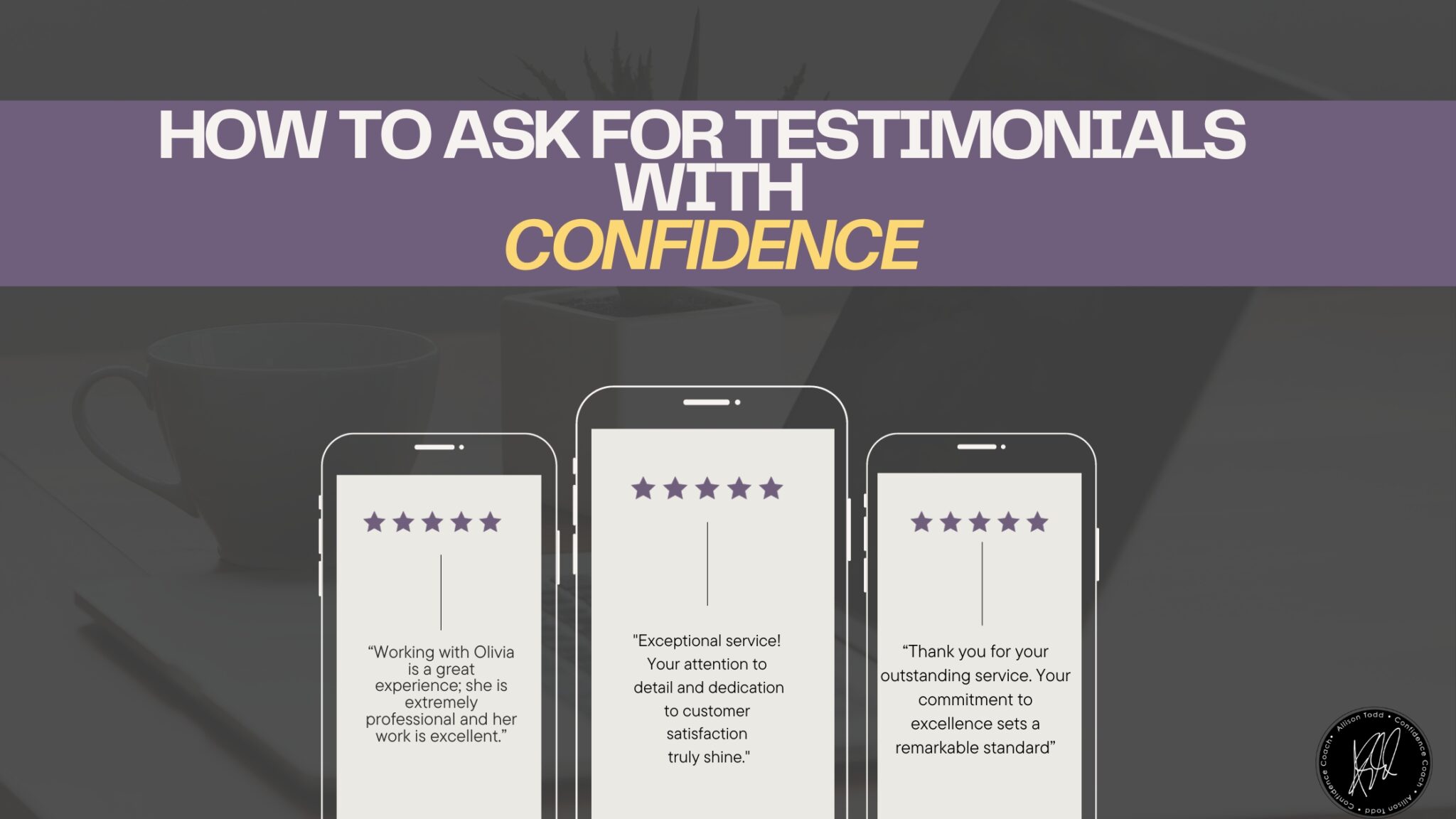Welcome to a journey of productivity! In the fast-paced world we live in, it’s crucial to make the most out of each day. But fear not, because we’ve got you covered with seven friendly and professional tips to help you supercharge your productivity. Let’s dive in!
Wake Up Early, but Don’t Rush
Arise and shine! In the morning, give yourself the gift of time. Refrain from constantly pressing the snooze button. Rather, rise early to ensure a peaceful start to your day. Before starting the day’s duties, take time to stretch, breathe, and enjoy your morning coffee.
Set Clear Goals
Define your goals for the day. What do you want to accomplish? Be specific and realistic. Setting clear objectives provides a roadmap for your day, keeping you focused and motivated. Whether it’s finishing a project, responding to emails, or learning something new, having a target in mind gives your day purpose.
Prioritize Your Tasks
Not all tasks are created equal. Take a moment to prioritize your to-do list. Tackle the high-priority items first, ensuring that your most important tasks receive the attention they deserve. This strategy helps you make progress on critical projects and minimizes the risk of feeling overwhelmed.
Embrace Time Blocking
Time is a precious resource. Use it wisely by implementing time-blocking techniques. Allocate specific time slots to different activities, ensuring that you dedicate focused, uninterrupted periods to your work. This method not only enhances concentration but also helps manage your time efficiently.
Incorporate Breaks for Refreshment
Don’t underestimate the power of breaks. Scheduled breaks throughout the day can boost your energy levels and prevent burnout. Step away from your desk, stretch, or take a short walk. By giving your mind a breather, you’ll return to your tasks with renewed focus and creativity.
Stay Organized
A crowded desk can contribute to a cluttered mind. Organize both your digital and physical areas to cut down on distractions and improve productivity. For maximum efficiency, regularly clear your workplace, properly file digital papers, and keep your surroundings neat and orderly.
Conclusion
Equipped with these seven amiable and proficient suggestions, you’re prepared to take on your day with self-assurance and effectiveness. Recall that productivity is a process rather than a final goal. Put these tactics into practice, be flexible, and observe how your most productive days turn into the norm. To a more productive you, cheers!









